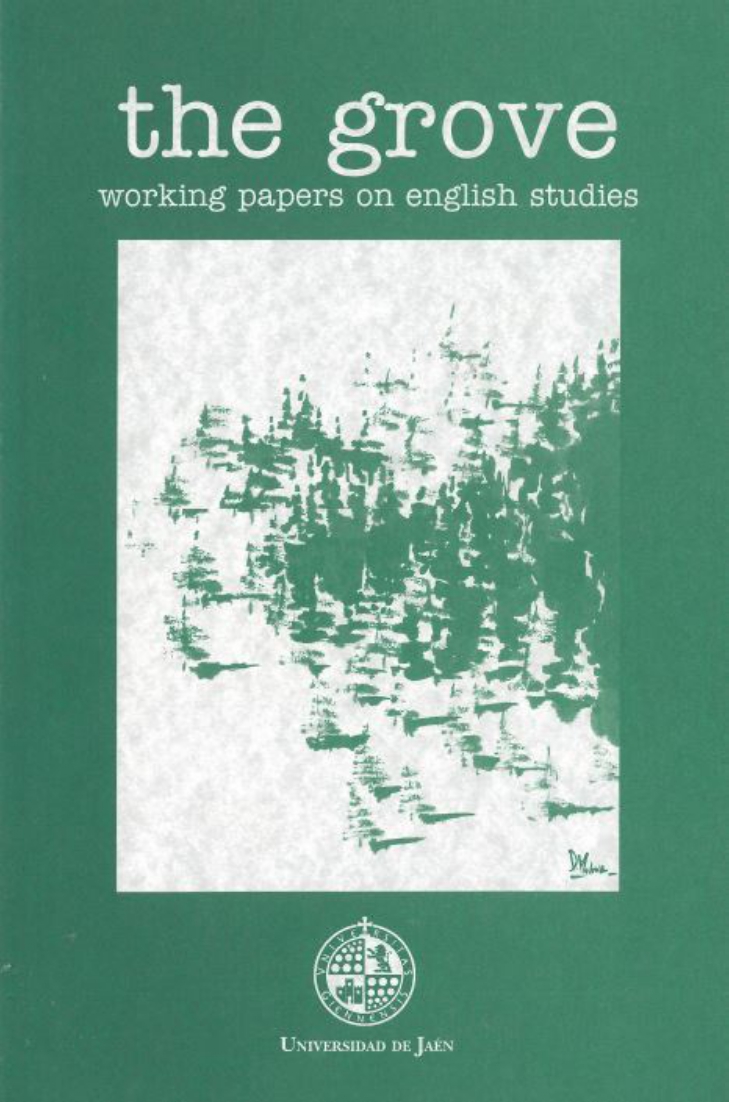Gendering Madness and Doubling Disability in Jane Eyre
Keywords:
Desire, madness, impaired mind, gender representation, objectification, disabilityAbstract
Jane Eyre has a well-designed structure of a bildungsroman that focuses on the pursuit of Jane’s desire and ignores the same for Bertha. The conceptual structure conveys a linear discourse to determine a prefixed understanding of Bertha, Jane, and Rochester. In Bertha’s context, the bildungsroman operates to deliver issues of race, gender, and disability in an existential quest to ascertain and establish her madness. There is a well-designed structural correspondence of bildungsroman, interplay of dark and light binary, the desire of Jane against the asexual Bertha, and the metaphor of fire in mapping the doubling. The literary devices serve as a dominant metaphorical barrier to normalcy in Thornfield. The paper considers this authorial viewpoint on Bertha’s sickness as a construct of a parallel gendered and a more potent conceptualisation of madness. In problematising madness, the paper argues a cultural narrative of representation that is affected by the impaired mind of Bertha. It will interrogate how the narrative systematically forges a doubling within which she is objectified, influenced, muted, bounded and characteristically disabled.
Downloads
References
Ablow, Rachel. The Marriage of Minds: Reading Sympathy in the Victorian Marriage Plot. Stanford UP, 2007.
Azim, Firdous. The Colonial Rise of the Novel. Routledge, 1993.
Berlant, Lauren Gail. Compassion: The Culture and Politics of an Emotion. Routledge, 2004.
Brontë, Charlotte. Jane Eyre. 1847. Ed. Novy Kapadia. Worldview Publications, 2016.
Chow, Rey. “When Whiteness Feminizes: Some Consequences of a Supplementary Logic.” Differences: A Journal of Feminist Cultural Studies, vol. 11, no. 3, 1999, pp. 137-68. https://doi.org/10.1215/10407391-11-3-137
Cixous, Helene, Keith Cohen, and Paula Cohen. “The Laugh of the Medusa.” Signs: Journal of Women in Culture and Society, vol. 1, no. 4, 1976, pp. 875-93. https://doi.org/10.1086/493306
Donaldson, Laura E. “The Miranda Complex: Colonialism and the Question of Feminist Reading.” Diacritics vol. 18, no. 2, 1988, pp. 65-77. https://doi.org/10.2307/465255
Fine M., & A. Ash. “Disability Beyond Stigma: Social Interaction, Discrimination, and Activism.” Journal of Social Issues, vol. 44, no. 11, 1988, pp. 3-21. https://doi.org/10.1111/j.1540-4560.1988.tb02045.x
Gilbert Sandra M., and Susan Gubar. The Madwoman in the Attic: The Woman Writer and the Nineteenth-Century Literary Imagination. Yale UP, 1979.
Mao, Douglas. “The Labor Theory of Beauty: Aesthetic Justice, Blind Justice.” Aesthetic Subjects. Eds. Pamela R. Matthews and David McWhirter. University of Minnesota Press, 2003, pp. 190-229. Pizzo, Justine. Charlotte Brontë, Embodiment and the Material World. Springer Nature Switzerland AG, 2021. https://doi.org/10.1007/978-3-030-34855-7 Punter, David, and Glennis Byron. The Gothic. Blackwell Publishing, 2004.
Showalter, Elaine. A Literature of Their Own. Princeton UP, 1977. Smyth, Donna E. Metaphors of Madness: Women and Mental Illness. Mount Saint Vincent University, 6 Aug. 2012, https://journals.msvu.ca/index.php/atlantis/article/download/4762/3992/6205 Accessed 10 Dec. 2021.
Spivak, Gayatri. A Critique of Postcolonial Reason. Harvard UP, 1999. https://doi.org/10.2307/j.ctvjsf541
Warhol, Robyn. “Double Gender, Double Genre in Jane Eyre and Villette.” SEL, vol. 36, no. 4, 1996, pp. 857-75. https://doi.org/10.2307/450979
Williams, Judith. Perceptions and Expressions in the Novels of Charlotte Brontë. University of Rochester Press, 1988.
Downloads
Published
Issue
Section
License
Copyright (c) 2021 Sunanda Sinha

This work is licensed under a Creative Commons Attribution 4.0 International License.
Authors who publish with this journal agree to retain copyright and grant the journal right of first publication with the work simultaneously licensed under a Creative Commons Attribution License that allows others to share the work with an acknowledgement of the work's authorship and initial publication in this journal. Also, authors will retain the rights on their work, even if they will be granting The Grove. Working Papers on English Studies a non-exclusive right of use to reproduce, edit, distribute, publicly communicate and show their work. Therefore, authors are free to engage in additional, independent contracts for non-exclusive distribution of the works published in this journal (such as uploading them to an institutional repository or publishing them in a book), as long as the fact that the manuscripts were first published in this journal is acknowledged.
























